4 reasons why your aloe vera plant is turning brown and what you can do to fix it, according to garden experts
The most common causes so you can nip it in the bud fast
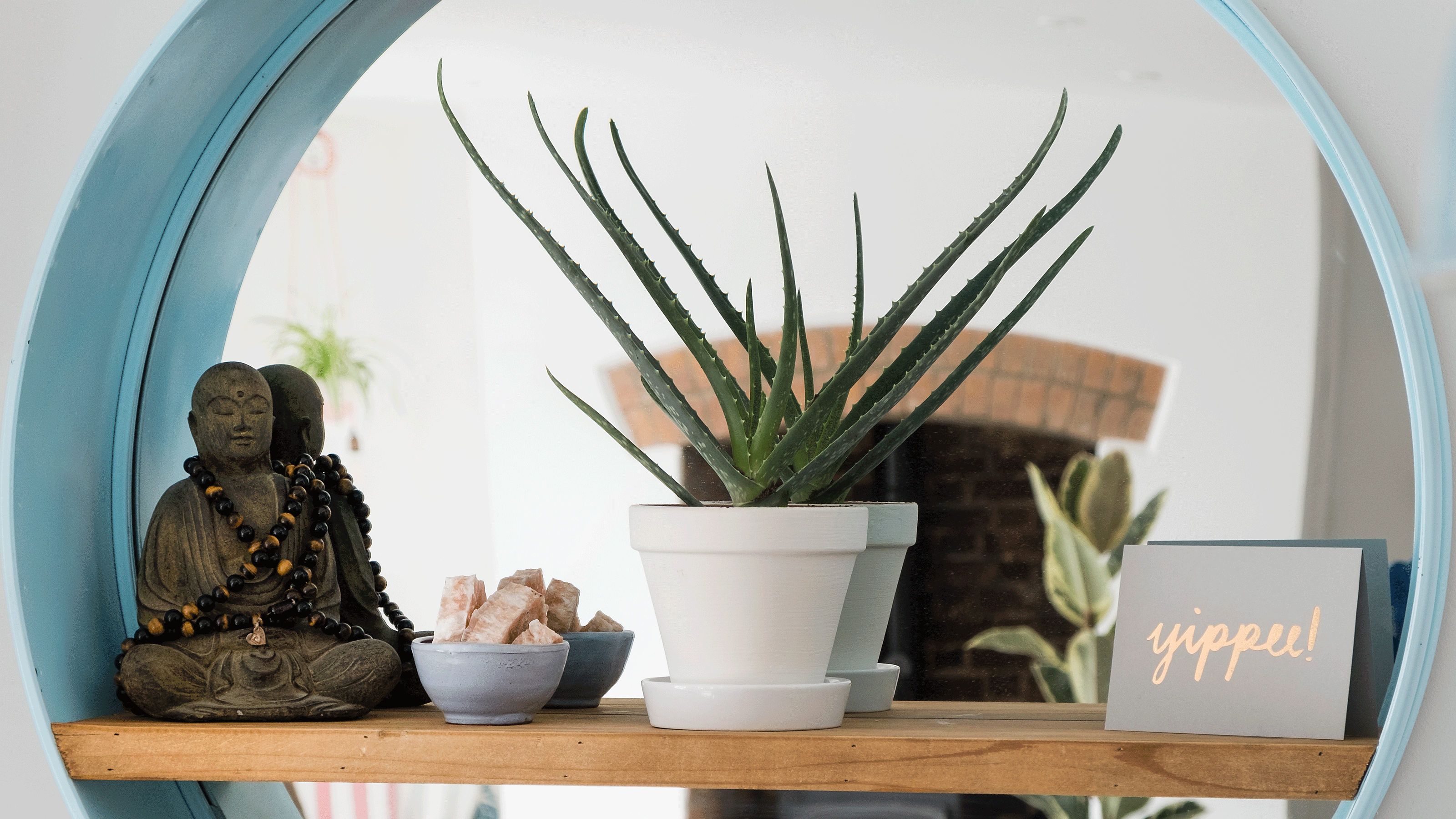

Aloe vera plants are a houseplant staple, bringing joy to many a home, but if you’re looking at your plant and wondering ‘why is my aloe vera plant turning brown?’, these are the four most common factors you need to know.
Aloe vera plants are a must-have plant, so it’s important to know how to care for aloe vera so you can enjoy this wonderfully spiky houseplant. What’s more, aloe vera is one of the best air-purifying indoor plants to improve your home’s air quality, and when placed in a bathroom, it can even help reduce condensation.
While aloe vera is an easy-to-care-for houseplant, brown leaves are a clear sign it’s unhappy. If this is happening to your plant, these are the 4 factors that could be causing it and how to fix them.
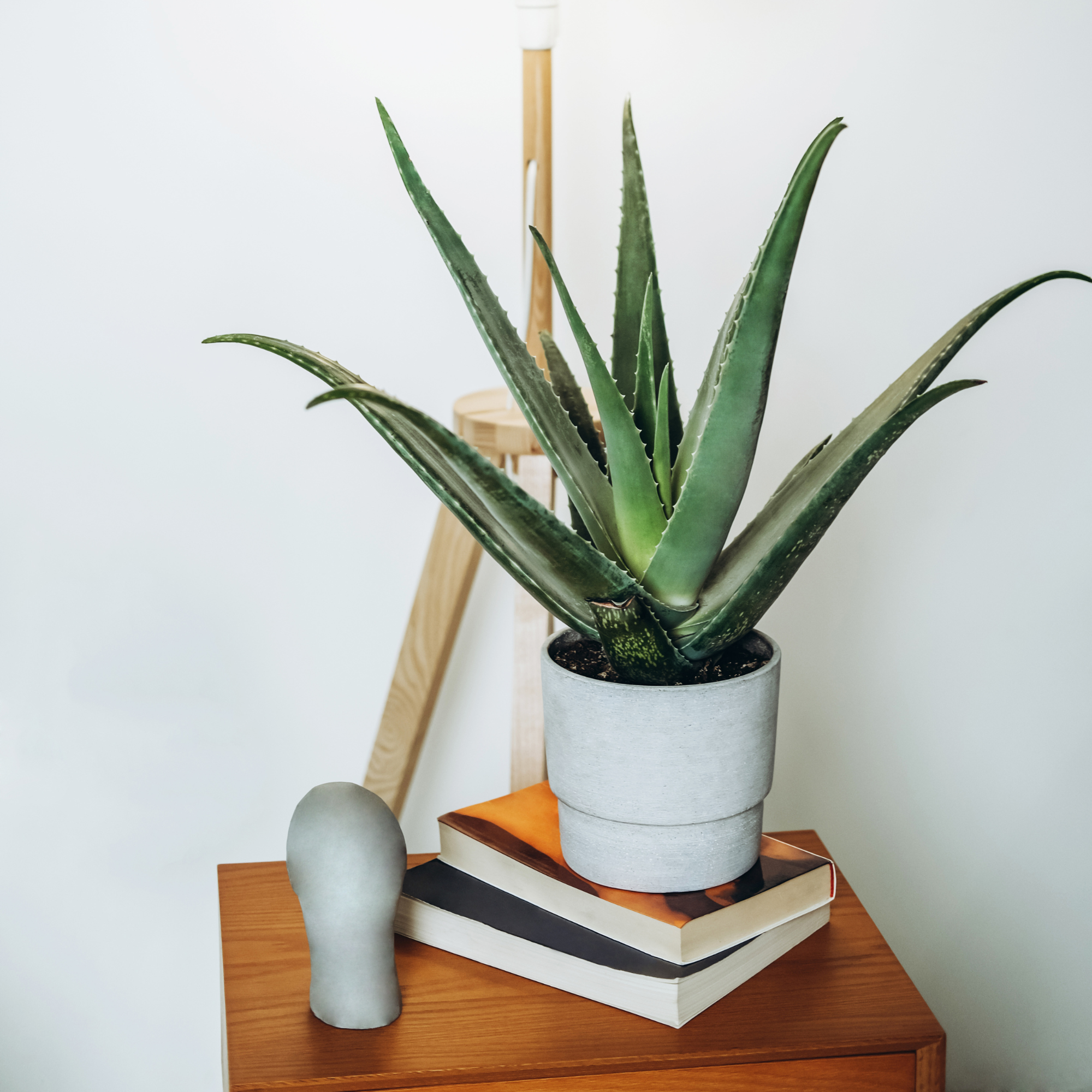
1. Over or underwatering
Your aloe vera plant will not appreciate being over- or underwatered. Unless you get the balance right, you’re risking brown leaves.
‘As aloe vera is naturally a desert plant, it stores extra moisture in its leaves, and it is easier to overwater these plants than it is to underwater. If the leaves of the plant are yellow or brown and feel soft or mushy, this is a clear indicator of overwatering,’ says Graham Smith MCIHort, a gardening expert from LBS Horticulture.
‘If this occurs, stop watering your plant straight away, and allow the soil to dry out completely. Any affected leaves can be removed with sterilised pruners, and allow these wounds a few days to callous over before replanting.’
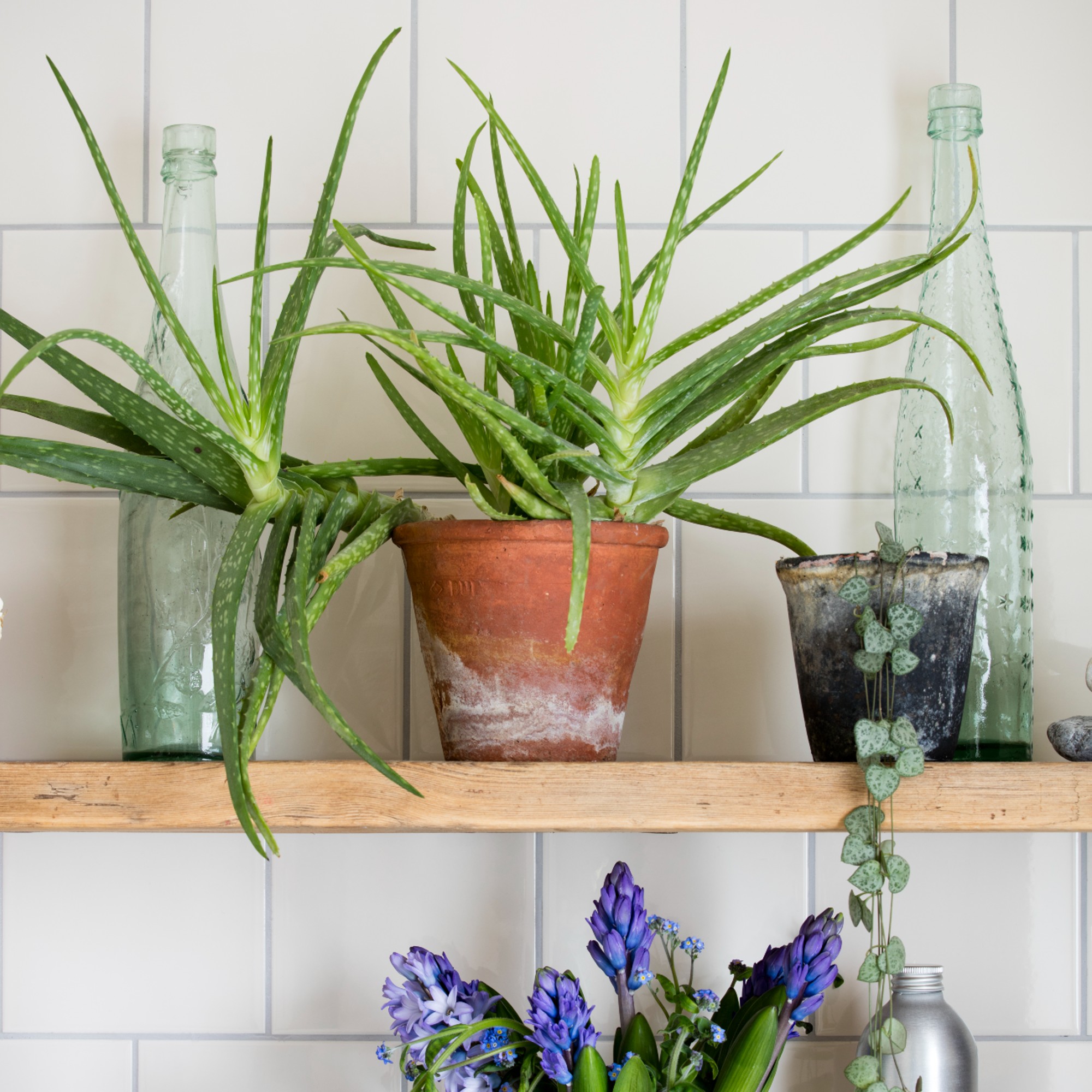
For best results, you’ll want to wait for your soil to dry out between waterings and even invest in a quick-draining soil. But as you can overwater your aloe vera, you also want to avoid underwatering
‘If the plant is left for a long time without being watered, especially if it is placed somewhere it receives a lot of sun, this can make its leaves shrivel or wrinkle with the tips turning yellow or brown. If this is the case, give the plant a deep watering to allow the soil to become fully saturated, but do not get water on the leaves or rosette as this can cause rotting,’ says Graham.
If you are struggling to get the balance right, you can try investing in an Elho smart pebble houseplant monitor, which will let you know when it needs watering.
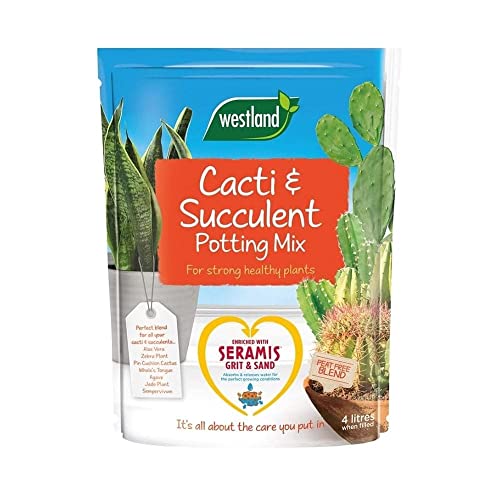
Aloe vera thrive in well-draining soil and this potting mix has added sand to help with drainage. if you soil becomes waterlogged, the aloe vera can rot, so you'll want a mix like this one.
2. Too much light

Despite being a desert plant, your aloe vera is at risk of sunburn - yep, you heard me right.
‘While aloe vera plants love sunlight, too much direct sunlight can cause browning. The plant needs to be gradually acclimated to increased sun exposure,’ says Ted Bromley-Hall, garden expert and Managing Director at IBRAN Limited.
If you’re plant has been affected by too much light, the leaves will turn brown, and you should remove the affected leaves. For particularly sunny areas, you could consider hanging a sheer curtain to filter the amount of light reaching your plants.
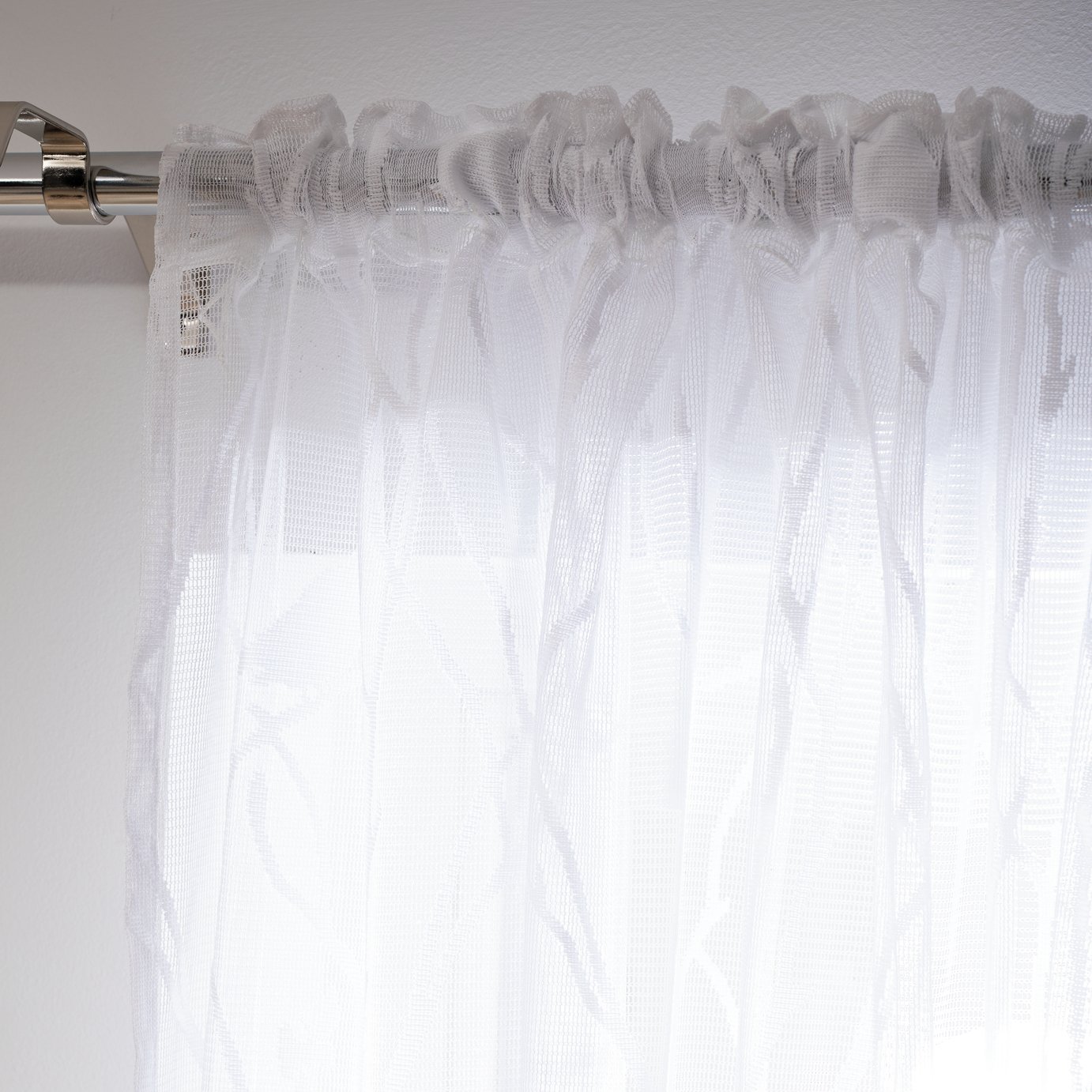
A sheer curtain can filter the ammount of sunlight reaching your aloe vera plant, preventing it from getting surnburnt.
3. Cold damage
‘Brown leaves on an aloe vera plant may also indicate that the plant has been exposed to cold temperatures for a prolonged period. This sudden shift in temperature alongside damage from the cold can lead to discolouration on the leaves,’ explains Graham.

‘However, an aloe vera plant that has been damaged by the cold can recover with the right care. Affected plants should be placed somewhere warm where they will receive medium to bright indirect sunlight. Remove any damaged leaves, and avoid watering for a few days before gradually reincorporating this back into the plant's care routine.’
This may sound like a winter houseplant problem, but Ted says aloe vera plants prefer temperatures of 13-27°C, meaning chilly spring mornings may be a little cold for them. Because of this, you’ll want to ensure you keep your plant in warmer areas of your home, such as south-facing windows.
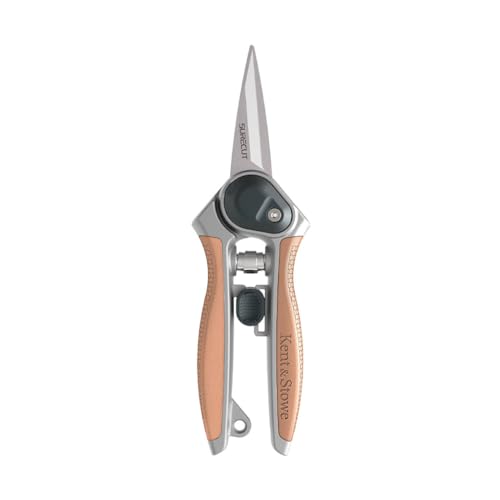
If your aloe vera plant does have brown leaves, you'll need to carefully snip them off with a pair of pruning shears like this one.
4. Pests and diseases
Brown leaves can also be a sign your aloe vera plant is suffering from a disease or pests.
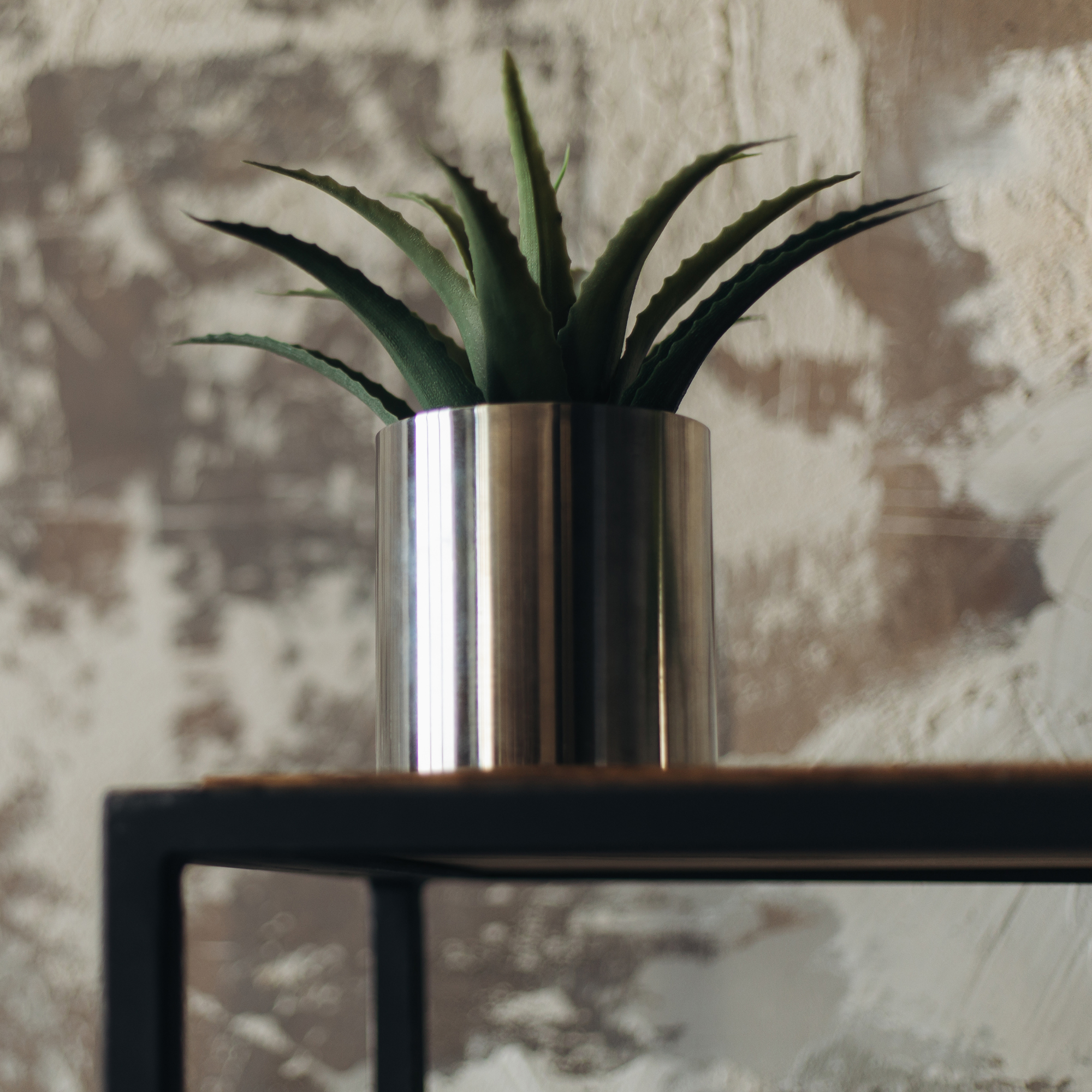
‘A fungal infection like aloe rust can cause the plant to develop dry, brown patches, and anthracnose disease can lead to rusty brown spots. Infected leaves should be removed with sterilised pruners, and the pruners should be sterilised again after they have been used. Fungal infections can be treated with an organic fungicide, and you can lower the risk of fungal infections by directly watering the soil surface to ensure that the plant leaves remain dry.’
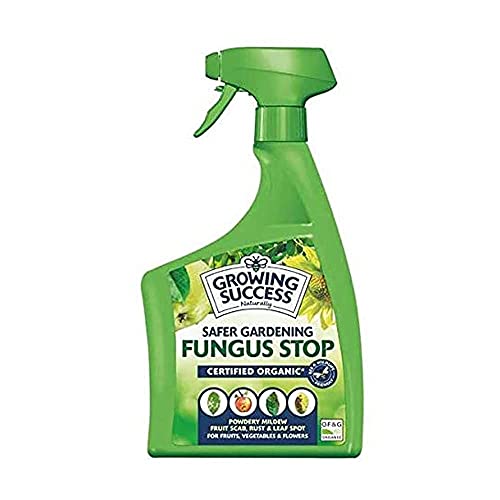
Use an organic fungicide to remove fungus and mildew from your aloe vera plant. This one contains no pesticides and is bee and ladybug-friendly.
Looking at your plant and thinking ‘why is my aloe vera plant turning brown?’ is not exactly a welcome thought. But the good news is that the brown leaves don’t mean a death sentence, and all of these aloe vera problems can be solved with the right care - a weight off your shoulders, right?
Get the Ideal Home Newsletter
Sign up to our newsletter for style and decor inspiration, house makeovers, project advice and more.

Kezia Reynolds joined the Ideal Home team as News Writer in September 2024. After graduating from City, University of London in 2022 with a bachelor’s degree in journalism, Kezia kicked off her career spending two years working on women’s weekly magazines. She is always on the lookout for the latest home news, finding you the best deals and trends - so you don’t miss a thing!
You must confirm your public display name before commenting
Please logout and then login again, you will then be prompted to enter your display name.
-
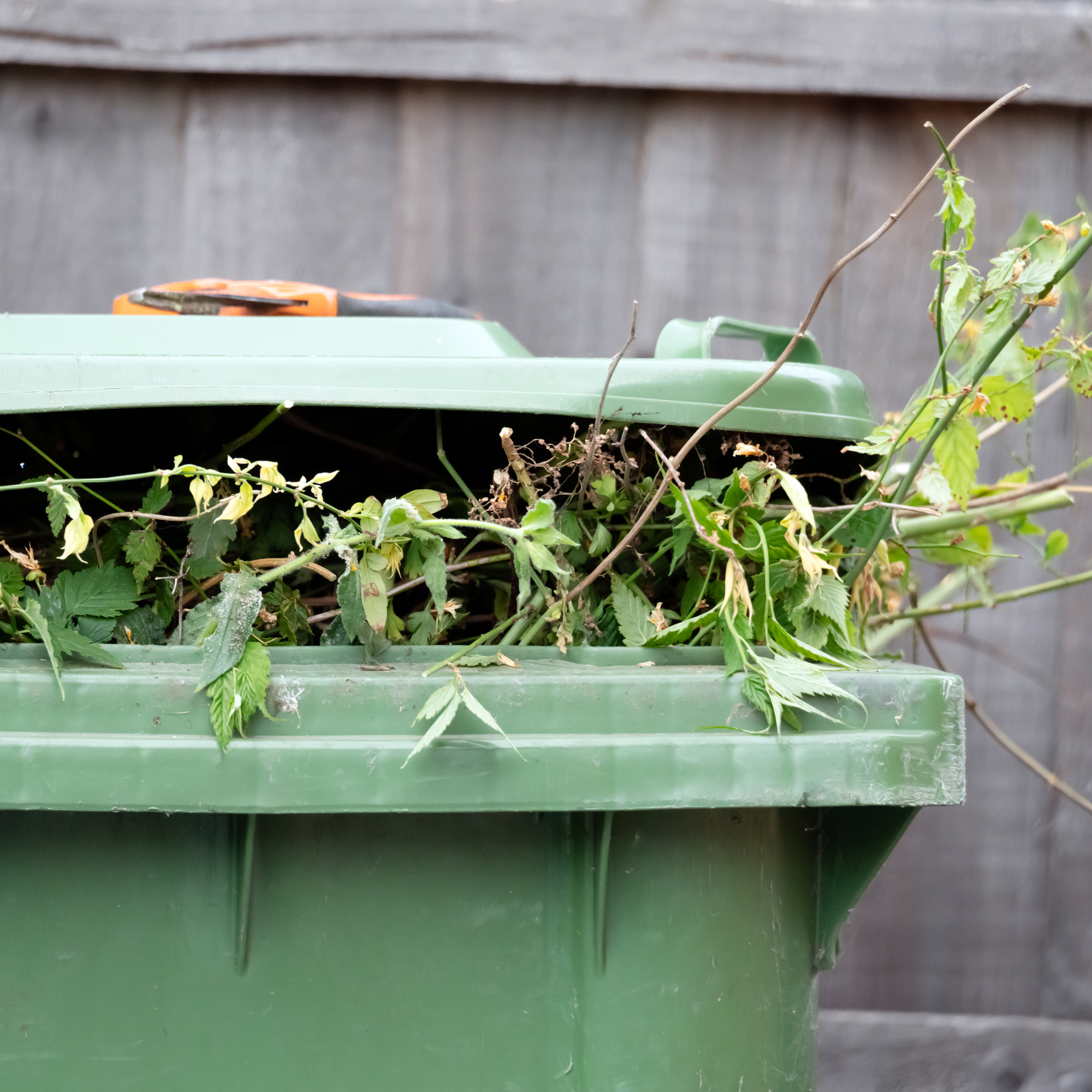 5 things you should never put in your garden waste bin – experts warn these items could land you with a £400 fine
5 things you should never put in your garden waste bin – experts warn these items could land you with a £400 fineYou should avoid these waste items at all costs
By Kezia Reynolds
-
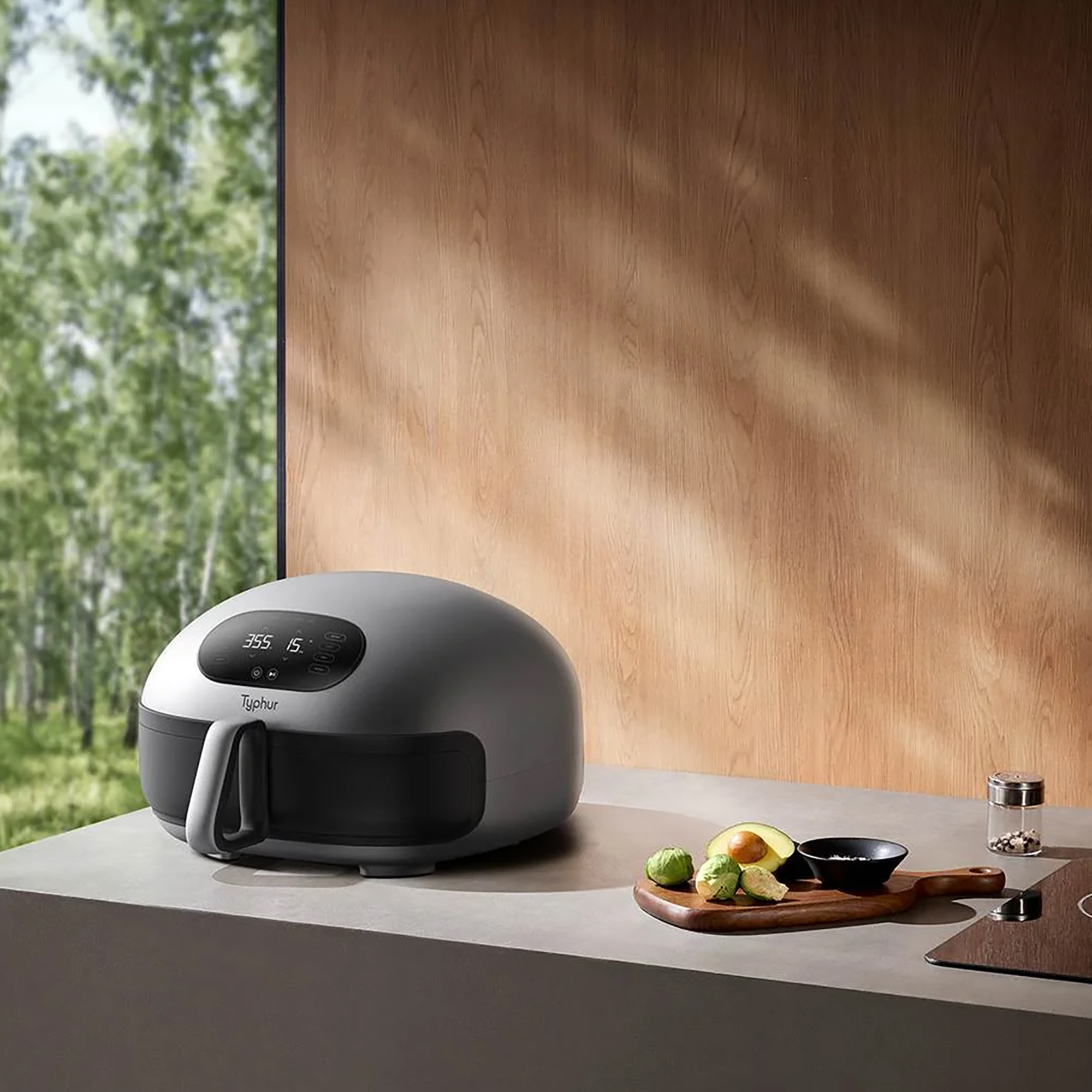 Typhur Dome 2 air fryer review – a glimpse into the future of air frying
Typhur Dome 2 air fryer review – a glimpse into the future of air fryingThe Typhur Dome 2 cooks food brilliantly and has all sorts of benefits, but is it worth the £499 price tag?
By Ellen Manning
-
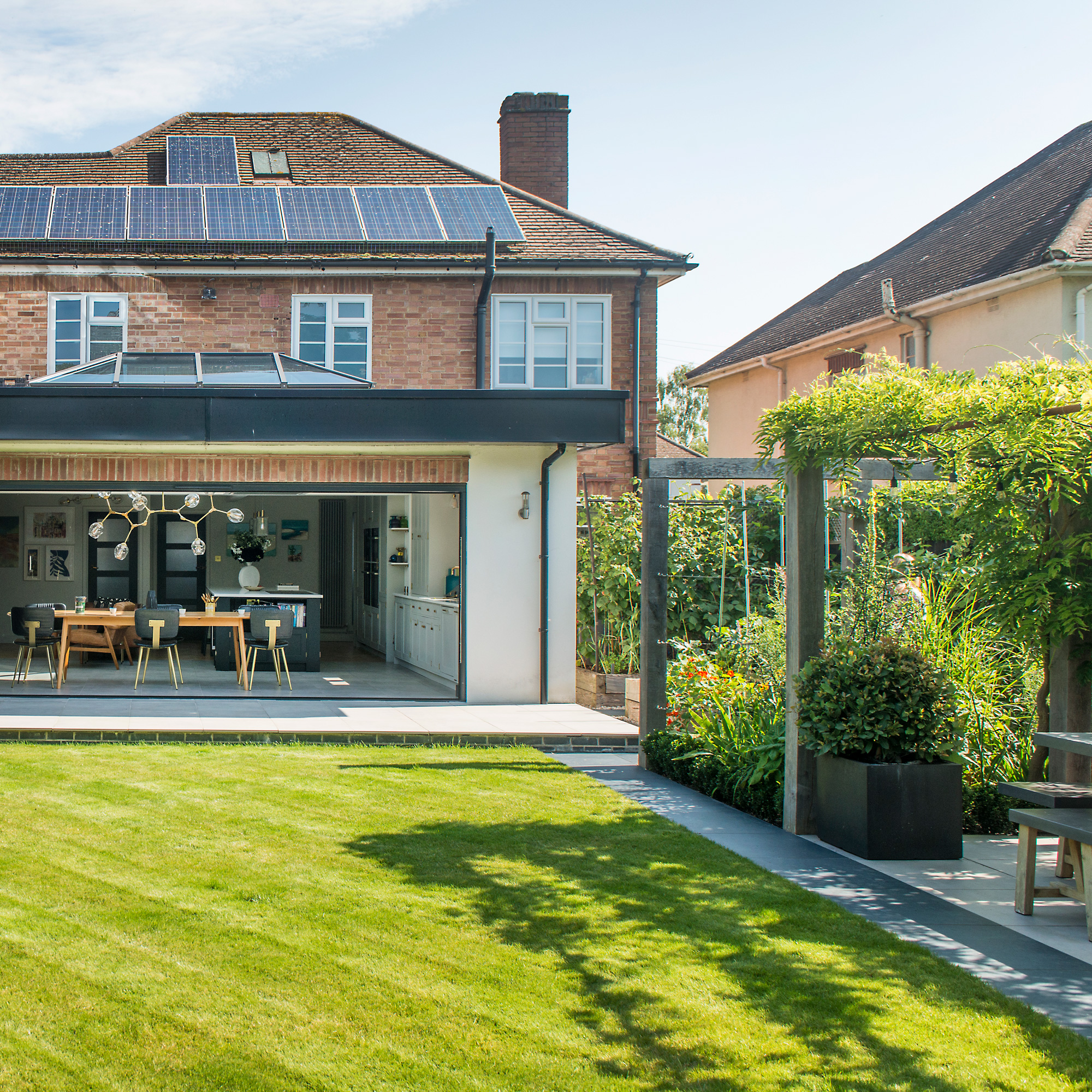 In creating their lush multi-use garden, the owners have cleverly futureproofed the space for years to come
In creating their lush multi-use garden, the owners have cleverly futureproofed the space for years to comeWith a zone for dining, a veg plot, a relaxing sun trap, and space for quiet contemplation
By Ginevra Benedetti